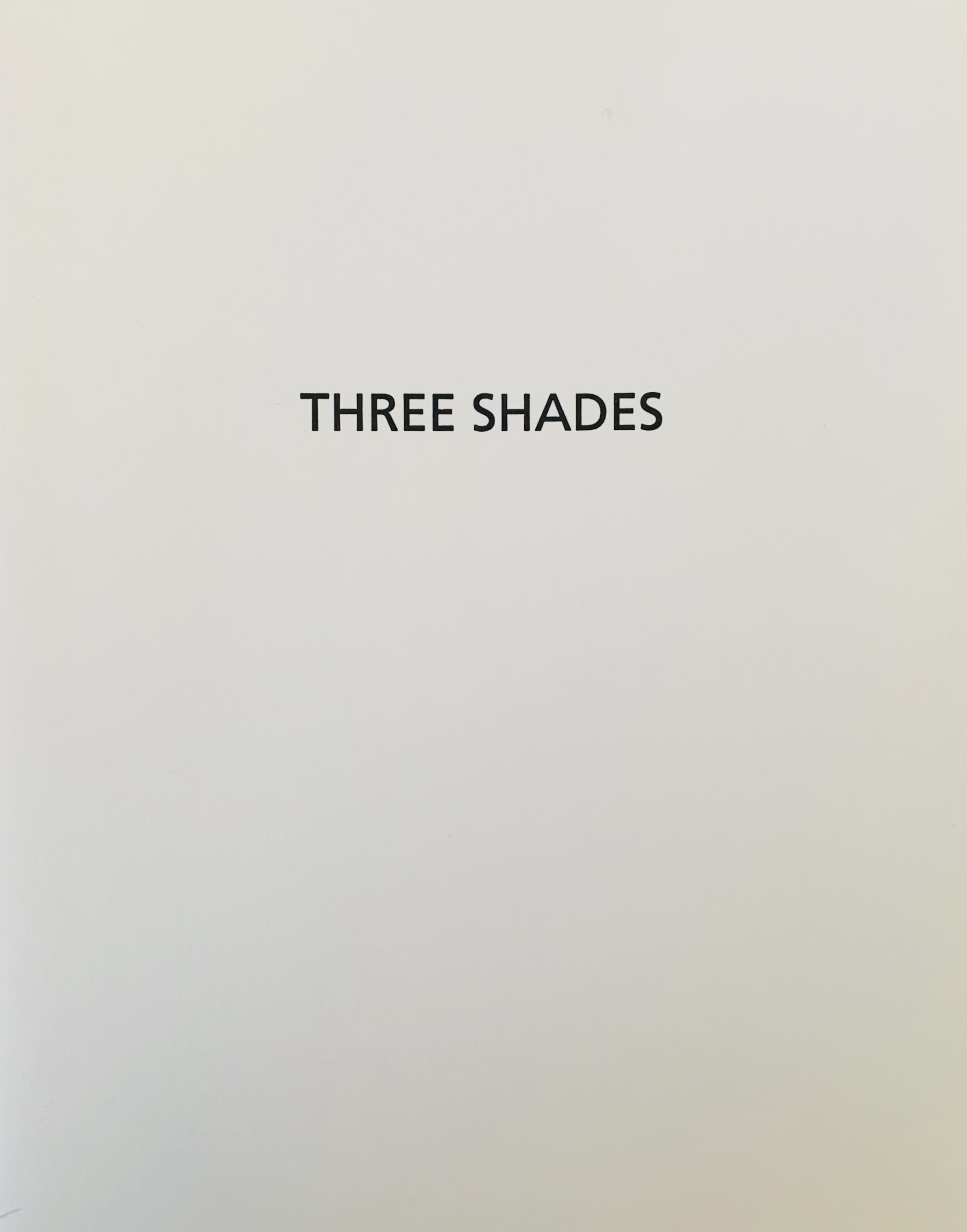Posted at 20:02h
in
Letters + Documents
30 x 21cm, 1pp original carbon copy on typing paper.
A copy of a letter sent by Finlay to the J. N. Young, Assistant Director of Finance for Strathclyde Region.
The letter informs Mr Young that much like the way Strathclyde Region had demanded proof of ownership of any works taken from Little Sparta if they were to be returned on the basis that they were not entirely Finlay's property, that he, Finlay, will now apply the same logic to "any of your property" should he "happen to find himself in possession of it.".
Finlay then wrote "Some might think that the Region has not only engaged in theft but is proposing a kind of Instant Abolition of all Property - no doubt an enlightened policy but is it one which is to be expected from Stalinist Populists?"
A hilarious letter with copies sent to most members of the Saint-Just Vigilantes.
...














